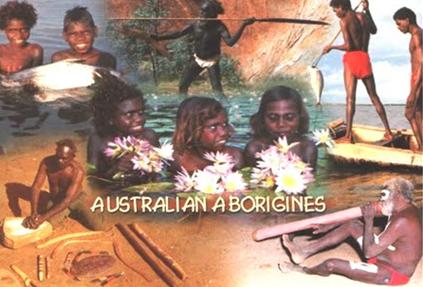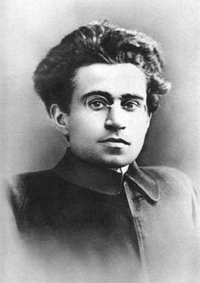This billboard image is intended to shock people in regards to their stereotypes of black people. This picture by itself would likely terrify our society and if they saw a black man like this in person, they would probably be wary of him and cross the road to avoid him. This combined with the word “SCARED?” in blood-red capital letters gives a somewhat fearful and dangerous image – which is the exact intentions of the billboard and coincides with Alvardo’s maxim of black people being portrayed or perceived as ‘dangerous’. In a white smaller print under “SCARED?” it reads “YOU SHOULD BE. HE’S A DENTIST”. The audience of this image would feel guilty at being initially fearful of people like this and conforming to the stereotypes portrayed in our British media, and will hopefully fulfil the posters’ purpose of shocking people out of their rigid views towards black people and looking upon them in our society with more equality.
Although this advertisement did not intend on portraying the idea that all black people are likely to attack or rape innocent white females, it does implant the idea into the viewers head. The man is simply looking forward and sat on the bus with a non-threatening pose, but the young woman sitting as far away from him as possible (being quite close to the window), clutching her arm and looking fearfully towards him as though he will jump up and attack her at any moment gives the impression that black people will do this to innocent white women. It somewhat conveys the idea that we should be wary of all black people even if we have no reason to be wary of them, because (as the image reads) “IT’S A JUNGLE OUT THERE”. This image again coincides with Alvardo’s maxim of black people being perceived as ‘dangerous’.
At first glance of this image, I instantly knew that it matches Alvardo’s maxim of people from different races (namely Aborigines in this case) being portrayed as ‘exotic’. They’re being shown performing acts that are native to their culture, such as spear-fishing and making boomerangs, as a way of enticing British people to come and see the Aborigines exotic way of life in Australia. In contrast to the previous images, this exotic portrayal is not a bad thing like the ‘dangerous’ perception was – but the Aborigines would not call themselves ‘exotic’. Their way of life just seems exotic to us because it is completely different to our own culture – Aborigines may even see the British culture as ‘exotic’. Australia is just feeding of their diverse culture in order to advertise and accumulate more money in their own tourism industry without much benefit to the supposedly exotic Aborigines.
This headline is obviously trying to create a somewhat humorous impact on the reader – it is addressing a real event and turning it into something that we, as the audience, can make fun from. For this reason, I think this image relates to Alvardo’s ‘humorous’ maxim of the representation of different races in our media. The headline was probably never meant to be taking literally, yet the reader would be stunned at the strange statement – most likely stunned into laughter!
This poster is attempting to address the terrorist situation and scare people into looking out for potential terrorist activity, but it does it with an underlying focus on one group of people – Muslims. At first glance, I assumed that it was informing me to look out for any person that could be a terrorist, with no particular reference to skin colour or religion but examining it further, it does focus on the Islamic religion. The eyes seem to be that of a woman – we know it is a woman without having to see the rest of her face because the surrounding black background acts as a traditional Islamic hijab that hides the rest of her face. She seems frightened as though she may be hiding some terrible terrorist plot, but the fact that the rest of her face is hidden makes her seem more dangerous (as in Alvardo’s maxim of diverse cultures being represented as ‘dangerous’) to us as we have no idea what she is hiding under her hijab. Moreover, the way the poster depicts terrorists as “them” and “they” separates them even more from our own white British society and, combined with the image, gives the impression that they are completely different from us in terms of political views and skin colour. In my opinion, this image is extremely damaging to our society in that it makes white people more cautious and differentiated from Islamic people.



















